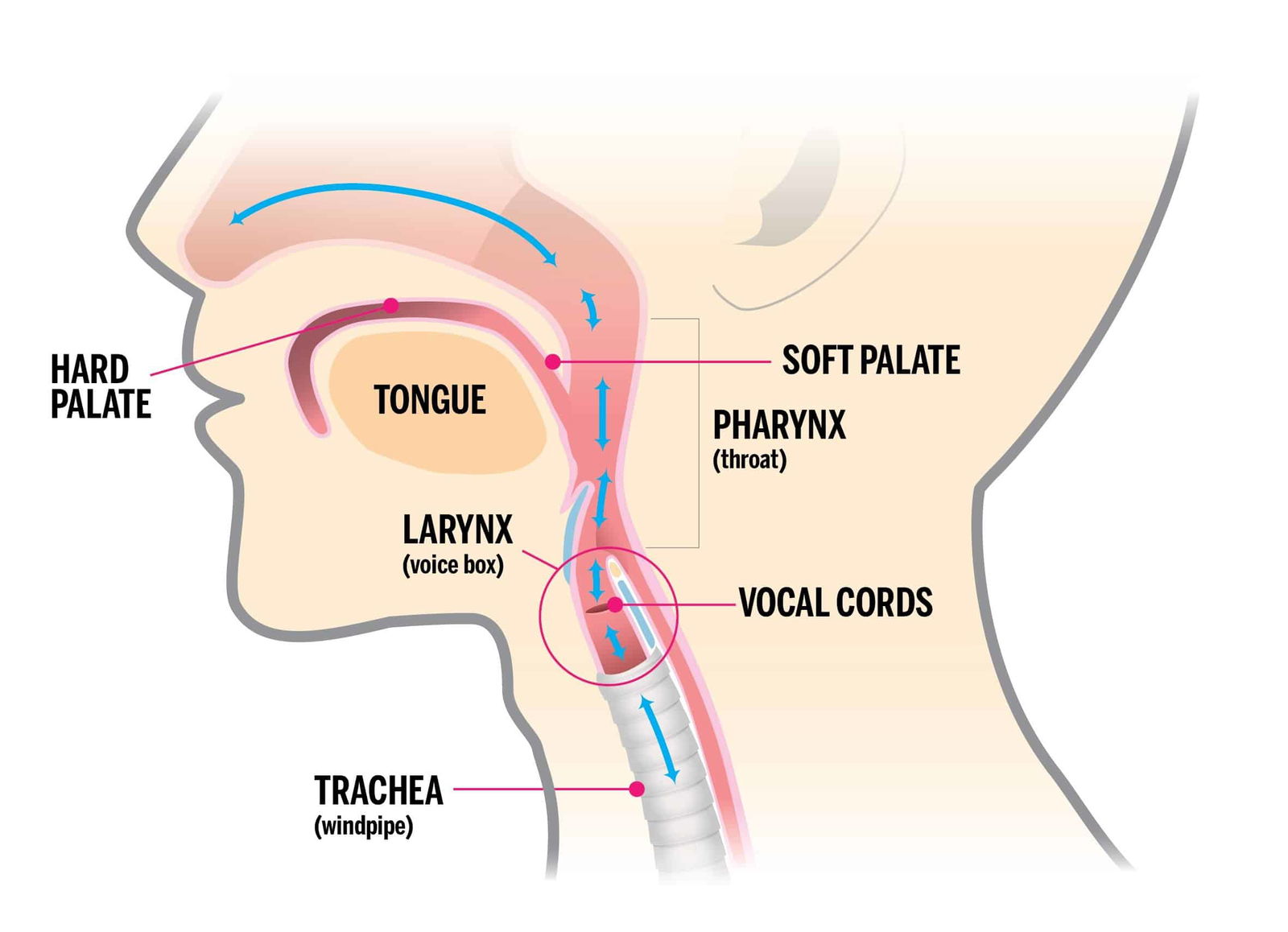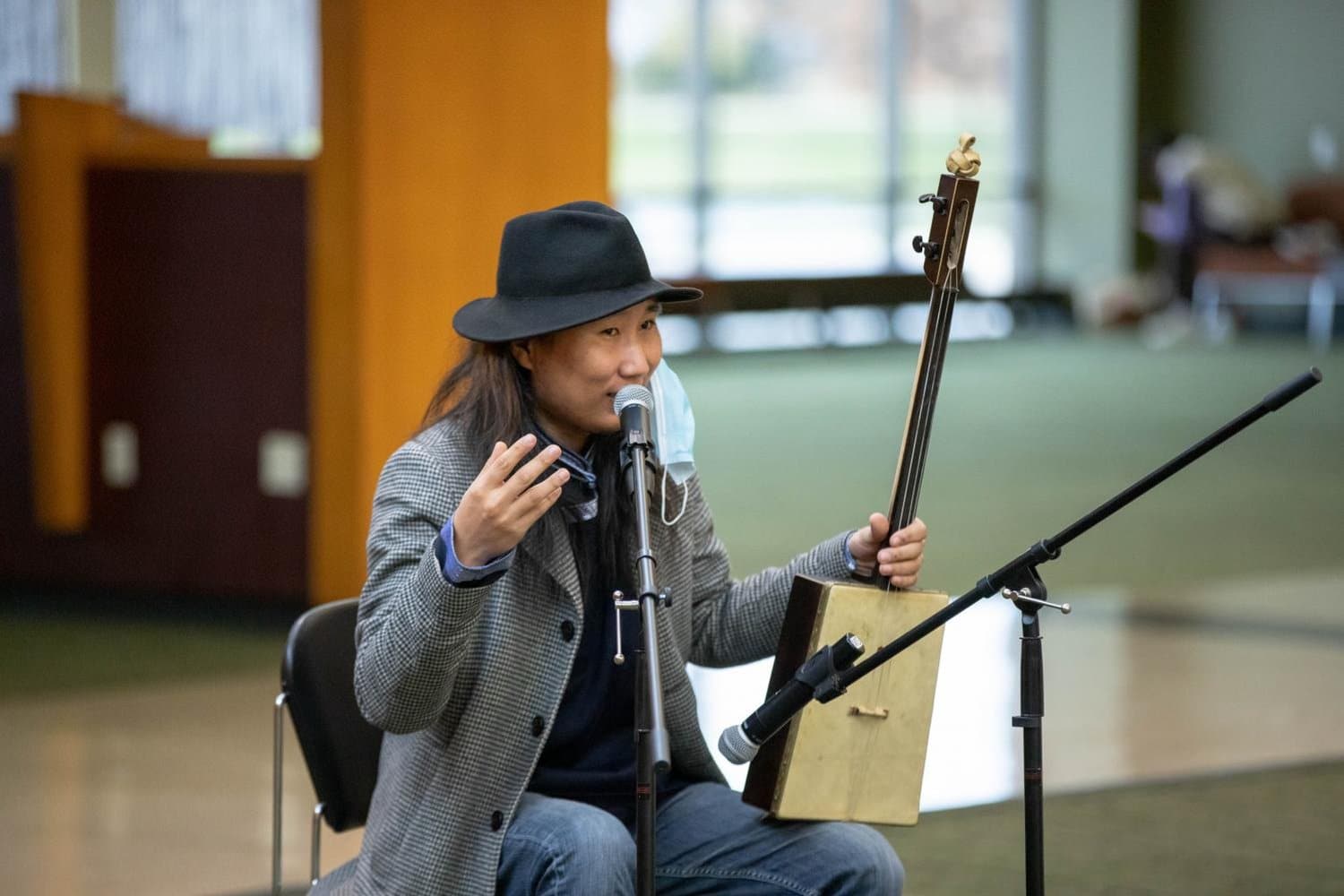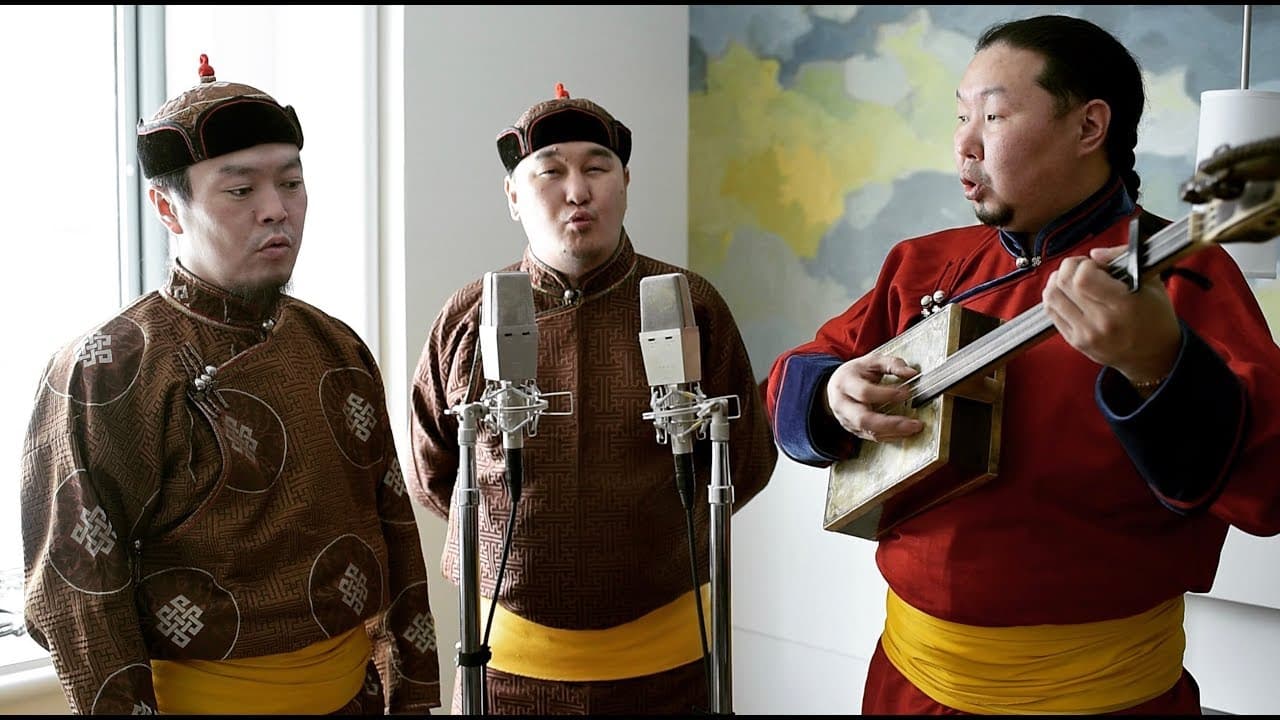Throat singing is an interesting vocal technique that creates haunting, otherworldly sounds.
However, learning this unique art form can seem daunting, especially for beginners who don’t know where to start.
In this step-by-step tutorial, we will guide you through the basics of throat singing, making it easy for you to master the fundamental techniques.
You’ll discover the secrets behind producing those captivating overtones and learn how to create your mesmerizing melodies.
By the end of this tutorial, you’ll have a solid foundation in throat singing and the confidence to explore this ancient tradition further.
Get ready to begin an exciting journey into throat singing!
Understanding Throat Singing

Throat singing, also known as overtone singing, is a remarkable vocal technique that allows a single person to produce multiple tones simultaneously.
By manipulating their vocal cords, mouth, lips, and tongue, the singer creates a harmonious and multi-layered sound that is both captivating and seemingly impossible.
The throat singing process involves two main components: the vocal mechanism and the resonance of overtones.
First, the singer uses their vocal cords to produce a low, steady base note. While maintaining this primary tone, they carefully shape their mouth and position their tongue to filter and amplify specific frequencies.
This manipulation of the vocal tract creates distinct overtones that resonate above the fundamental pitch, resulting in the illusion of multiple sounds emanating from one voice.
Throat singers can produce a mesmerizing array of harmonics through precise control of the vocal apparatus, each with its unique character and timbre.
The interplay between the base note and the overtones creates a rich, multi-dimensional sound that has captivated audiences for centuries.
How to Start Throat Singing: A Step-by-Step Tutorial
1. Relaxing Your Jaw and Lips
The foundation of throat singing lies in maintaining a relaxed jaw and lips. This calm state allows for the necessary openness in the mouth, crucial for producing clear and distinct overtones.
To achieve this, keep your mouth open, leaving about a centimeter of space between your upper and lower teeth.
An effective exercise to help you relax your jaw and lips is to listen to a droning sound, such as a cello drone in D, and sing a single syllable like “oo” or “la” in unison with the drone for a full breath cycle.
2. Making “R” or “L” Sounds with the Tongue
Proper tongue placement is essential in throat singing, and starting with “R” or “L” sounds can help you find the ideal position.
Your tongue should be close to the roof of your mouth, and it’s perfectly normal if it occasionally brushes against it. To practice this technique, focus on making “R” or “L” sounds while keeping your tongue in this position.
This exercise will help you become accustomed to the correct tongue placement for throat singing.
3. Singing a Low Base Note
A strong, low base note is the foundation upon which the overtones are produced in throat singing. This primary frequency is crucial for creating the desired multi-layered sound.
To make a low base note, sing from your chest to achieve a deep, resonant tone. An effective exercise is to imagine saying “oo” (as in “cool”) with the deepest voice you can muster.
Focus on maintaining this low, steady note throughout your practice.
4. Moving the Tongue to Create Overtones
Manipulating the position of your tongue is key to creating the characteristic overtones in throat singing.
To do this, shift the body of your tongue back and forth while keeping the tip near the roof of your mouth. A helpful exercise is to alternate between “R” and “L” sounds, which will guide you in finding the right positions for your tongue.
Experiment with different tongue movements to discover the varied overtones you can produce.
5. Adjusting the Shape of The Lips for Different Sounds
The shape of your lips plays a significant role in determining the resonance and quality of the overtones you create.
To explore different sounds, slowly move your lips from an “E” shape to a “U” shape, as if you were saying “see you” without pronouncing the “s.” Practice this movement to experience how it changes the resonance within your mouth.
Adjusting your lip shape allows you to fine-tune the overtones and create diverse sounds.
6. Combining All Elements to Produce the Throat Singing Sound
The key to producing the authentic throat singing sound lies in bringing together all the elements: the relaxed jaw, precise tongue position, low base note, and dynamic lip shape.
To combine these techniques, start by singing the “oo” note, then position your tongue near the roof of your mouth. While maintaining the base note, move your lips between the “E” and “U” shapes.
As you practice, listen carefully for the emergence of overtones.
Once you hear them, hold the tone steady and stop moving your mouth. With dedication and practice, you’ll soon be able to create the mesmerizing sound of throat singing.
Improving Your Throat Singing Sound

1. Practicing with Background Noise
Incorporating background noise is one effective way to enhance your throat singing practice.
When you sing alongside ambient sounds, the high-pitched overtones become more pronounced while your normal vocal tones are partially masked. This contrast makes it easier to hear and focus on the overtones you’re producing.
Try practicing in environments with constant background noise, such as singing in the shower, while driving, or with the TV in the background.
As you become more attuned to the overtones, you’ll find it easier to produce and control them even in quieter settings.
2. Using a Loud, Bright Voice
A loud and bright voice is crucial to create strong, distinct overtones in throat singing. You may feel like you’re not projecting enough power behind your voice during the start.
To overcome this, imagine singing like someone gently squeezing your throat. This visualization will help you forcefully engage your vocal cords, resulting in a louder and more resonant sound.
Begin by practicing with a sustained “oooo” sound, gradually increasing the volume until you find a comfortable level that produces clear overtones.
3. Singing from The Upper Chest
Engaging your chest voice is another key aspect of effective throat singing. Unlike your head voice, which is higher pitched and seems to emanate from your throat, your chest voice is deeper and creates a resonant sensation in your upper chest.
To sing from your upper chest, focus on feeling the vibrations in this area as you produce a low base note.
This technique will help you generate a powerful, rich sound for creating strong overtones. With practice, you’ll learn to maintain this chest voice throughout your throat singing practice.
4. Changing Notes and Creating Melodies
As you become more comfortable producing overtones, you can explore ways to change notes and create melodies. One technique involves adjusting the shape of your lips, moving from an “E” sound to a “U” sound, to alter the resonance of your mouth.
This subtle movement can help you shift between different overtones.
Additionally, practice adjusting your base note to create a melody. Start by transitioning smoothly between two notes and gradually incorporate more complex patterns.
With time and practice, you can create captivating melodies using the unique sound of throat singing.
Different Types of Throat Singing
| Style | Origin | Definition |
|---|---|---|
| Tuvan Throat Singing | Central Asia | Renowned for its deep, drone-like sounds and intricate overtones, often involving multiple techniques representing natural elements. |
| Inuit Throat Singing | Arctic Regions | It features rapid, rhythmic exchanges between two singers imitating the sounds of nature and animals, performed as a social activity. |
| Mongolian Throat Singing | Mongolia | Characterized by guttural growls and harmonic overtones, using various techniques to produce sounds from different parts of the body. |
Notable Throat Singing Artists and Groups
Throat singing has captivated audiences worldwide, thanks partly to the dedicated artists and groups who have showcased this unique vocal technique.
These performers preserve the traditional aspects of throat singing and push the boundaries by incorporating contemporary elements and collaborating with artists from various genres.
1. Huun-Huur-Tu

One such group is Huun-Huur-Tu, a renowned Tuvan acoustic quartet.
They have played a significant role in popularizing throat singing globally. Huun-Huur-Tu combines traditional Tuvan throat singing techniques with modern musical elements, creating a mesmerizing fusion that appeals to many listeners.
Their performances often feature traditional Tuvan instruments, such as the igil (a two-stringed instrument) and the doshpuluur (a long-necked Tuvan lute), which add depth and authenticity to their sound.
2. Yat-Kha

Another notable group is Yat-Kha, known for its innovative approach to throat singing. Led by Albert Kuvezin, Yat-Kha fearlessly blends traditional Tuvan throat singing with rock music, resulting in a powerful and electrifying sound.
Their unique fusion has garnered them a dedicated following and has introduced throat singing to audiences who might not have otherwise encountered this ancient art form.
3. Egschiglen

Egschiglen, a Mongolian band, is also making waves in throat singing. Formed by a group of master students from the Ulan Bator
Conservatory Egschiglen is committed to promoting and preserving traditional Mongolian music, including throat singing.
Their performances showcase the beauty and complexity of Mongolian throat singing techniques, captivating audiences worldwide and contributing to the increased recognition of Mongolian culture.
4. The Alash Ensemble

The Alash Ensemble, comprised of Tuvan musicians Nachyn Choodu, Ayan-ool Sam, Ayan Shirizhik, and Bady-Dorzhu Ondar, is another group that has significantly contributed to the art of throat singing.
Trained in traditional Tuvan music from a young age, these skilled performers have dedicated their lives to mastering and sharing their craft.
The Alash Ensemble has collaborated with various Western musicians, creating a fascinating fusion of styles that demonstrates the versatility and adaptability of throat singing.
5. Shu-De

Shu-De, a group known for their powerful Tuvan throat singing and interpretation of shamanic songs, has also played a vital role in preserving and evolving the art form.
Their performances often evoke the spiritual and mystical aspects of throat singing, transporting listeners to the ancient steppes of Tuva.
Shu-De ensures that throat singing’s rich history and cultural significance continue to thrive by keeping these traditional songs alive and sharing them with new audiences.
Wrapping It Up
Mastering the art of throat singing is a rewarding journey that connects you to ancient traditions and pushes the boundaries of human vocal abilities.
By beginning the techniques and wisdom shared by notable artists and groups, you can unlock your potential to create mesmerizing overtones and haunting melodies.
Remember that practice, patience, and dedication are key as you progress. Listen closely to your voice, experiment with different techniques, and don’t be afraid to add your unique flair.
The world of throat singing is vast and ever-evolving, with endless possibilities for personal expression and cultural exploration.
So, take a deep breath, let your voice resonate, and begin an unforgettable adventure.
Your journey awaits!





















